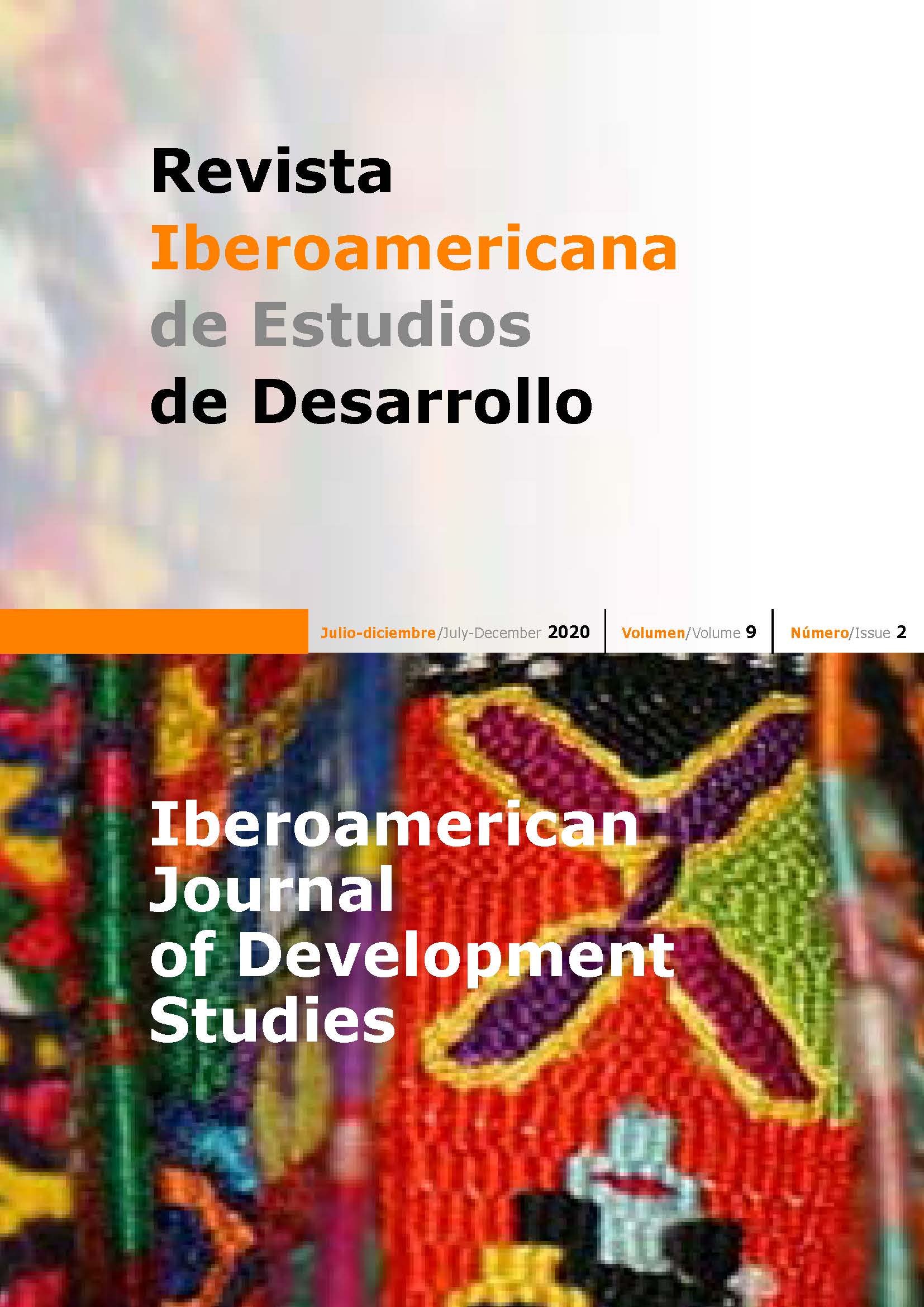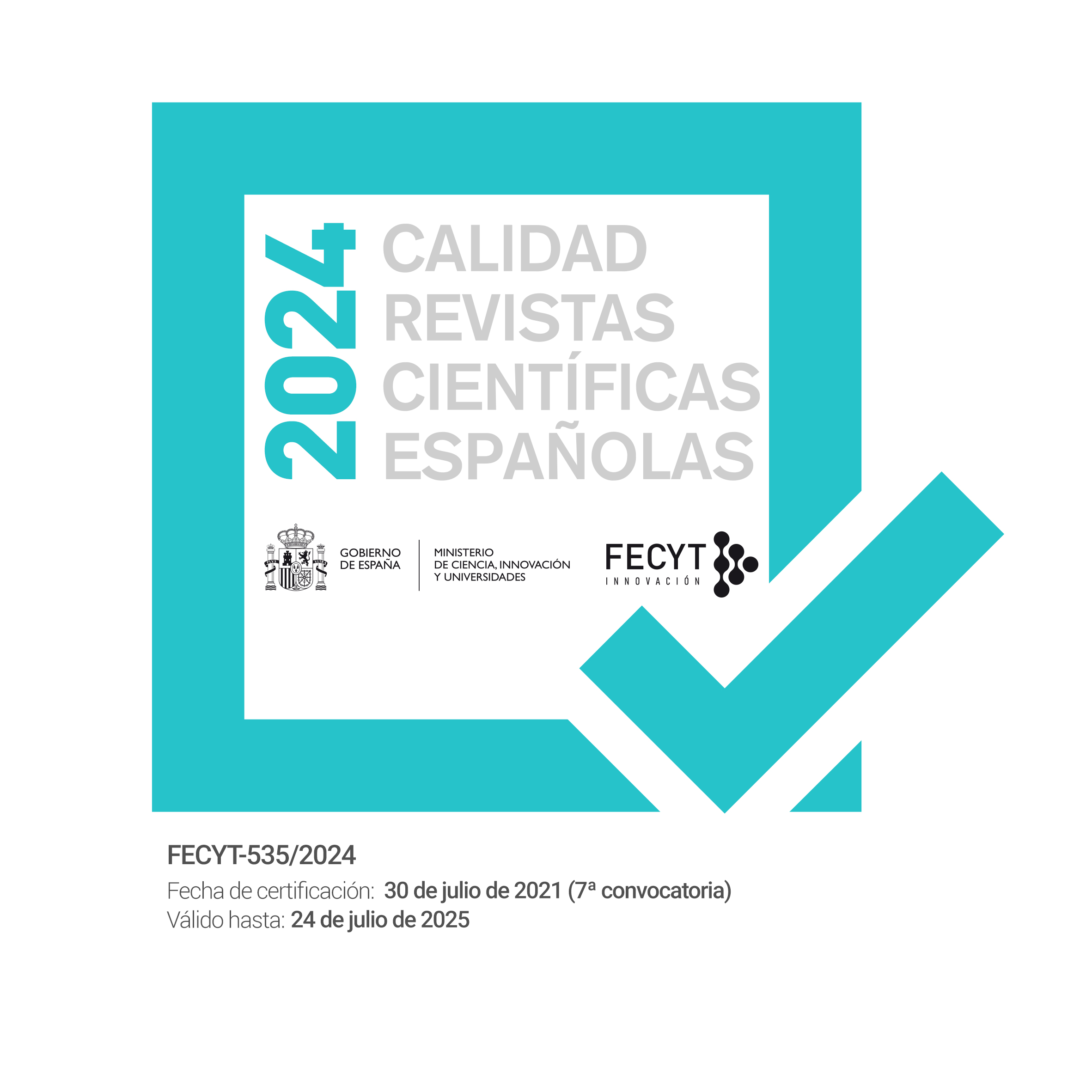Do curfews for juveniles decrease the homicide rate? Evidence from Cali (Colombia)
DOI:
https://doi.org/10.26754/ojs_ried/ijds.374Keywords:
Cali, impact evaluation, anti-crime policy, curfewAbstract
Using the method of difference-in-difference (DD), we estimate the average impact on the homicide rate of a Curfew for Juveniles (CFJ) that was implemented (in 2012) in some communes of Cali (Colombia), one of the most violent cities in the world. We find that the policy did not cause a negative effect on the homicide rate contrary to the objective of the policy. This result is robust to different sample specifications defined to capture local effects —continuous (spillovers) or discontinuous—, and biases in the policy design. We study DD with heterogeneous effects in which neighborhoods that had the presence of higher socioeconomic income did reduce the homicide rate even though the average net effect for these types of neighborhoods was not different from zero. We also find that the CFJ neutralized the effects of other public complementary interventions. We rationalize the results using the economics of crime framework, where we discuss the possible incentives a CFJ could generate for delinquents as well as non-delinquents that explains some failures of the policy in its design.
Downloads
References
ALCALDÍA DE SANTIAGO DE CALI (2012). Plan Integral de Convivencia y Seguridad Ciudadana 2012-2015, Santiago de Cali.
ANGRIST J, PISCHKE J (2009). Mostly Harmless Econometrics. Princeton University Press.
ARANGO D, ORTEGA D, OLAYA J (2009). Modelación del número de homicidios vía regresión de Poisson. Heurística 16:81-90.
ARANGO S, PRADO J, DYNER I (2009). Evaluación de políticas públicas para la reducción de la criminalidad en Medellín: una aproximación con dinámica de sistemas. Ensayos sobre Política Económica, Banco de la República 27:80-109.
BECKER G. (1968) Crime and punishment: An economic approach. Journal of Political Economy 76(2):169-217.
BENAVENTE J, CONTRERAS D, MELO E, MONTERO R (2002). Programas antidelincuencia: evaluando comuna segura. Universidad de Chile, Departamento de Economía, Santiago de Chile.
BURBANO E, ZAFRA M (2017). Homicide and land prices: A spatial analysis in Santiago de Cali. Cuadernos de Economía 40:147-159.
CONCHA A, ESPITIA V, ESPINOSA R, GUERRERO R (2002). La epidemiología de los homicidios en Cali, 1993-1998: seis años de un modelo poblacional. Revista Panamericana de Salud Pública 12:230-239.
CORTÉS D, FRANCO M, HINCAPIÉ L, VARGAS J (2011). Seguridad democrática, presencia de la policía y conlicto en Colombia. Universidad del Rosario, Facultad de Economía, Bogotá.
DI TELLA R, SCHARGRODSKY E (2004). Do police reduce crime? Estimates using allocation of police foreces after a terrorist attack. The American Economic Review 94(1):116-133.
DÍAZ Á, GRAFFE N (2014). Economía del crimen: determinantes socioeconómicos de la criminalidad en la ciudad de Cali, 2002-2012. Universidad de San Buenaventura Cali, Facultad de Ciencias Económicas, Santiago de Cali.
DUSEK L (2015). Time to Punishment: the effects of a shorter criminal procedure on crime rates. International Review of Law and Economics 43:134-147.
EL PAÍS (2012). Toque de queda para menores se extiende a la Comuna 18, en el suroccidente de Cali, 9 de febrero. https://www.elpais.com.co/judicial/toque-de-queda-para-menores-se-extiende-a-la-comuna-18-en-el-suroccidente-de-cali.html, acceso 27 de septiembre de 2019.
ESCOBEDO R (2013). Violencia homicida en Cali: focos y organizaciones criminales. Una mirada de largo plazo. Fundación Ideas para la Paz, Santiago de Cali.
FRITSCH E, CAETI T, TAYLOR T (1999). Gang suppression through saturation patrol, aggressive curfew, and truancy enforcement: a quasi-experimental test of the Dallas anti-gang initiative. Crime & Delinquency 45(1):122-139.
FRISCHTAK C, MANDEL B (2012). Crime, house prices, and inequality: the effect of UPP in Rio. Federal Reserve Bank of New York Staff Reports 542.
HEATON P (2012). Sunday liquor laws and crime. Journal of Public Economics 96:42-52.
IMBENS G, RUBIN D (2015). Causal Inference for Statistics, Social and Biomedical Sciencies, An Introduction. Cambridge University Press, Nueva York.
JACOB B, LEFGREN L (2003). Are idle hands the Devil’s workshop? Incapacitation, concentration, and juvenile crime. The American Economic Review 93(5):1560-1577.
KLICK J, TABARROK A (2005). Using terror alert levels to estimate the effect of police crime. Journal of Law and Economics 48(1):267-279.
KOLLIAS C, MYLONIDIS N, PALEOLOGOU S (2013). Crime and th effectiveness of public orden spending in Greece: policy implications of some presistent findings. Journal of Policy Modelling 35:121-133.
LOAIZA G, BELTRÁN M, ESCOBAR A, GARZÓN J, HENAO A, JIMÉNEZ W, MORERA E, MURILLO J (2012). Historia de Cali Siglo XX. Tomo I: Espacio Urbano. Universidad del Valle, Cali.
LUDWIG J, DUNCAN G, HIRSCHFIELD P (2001). Urban poverty and juvenile crime: evidence from a randomized housing ‒ mobility experiment. The Quarterly Journal of Economics 116(2):655-679.
MACHIN S, MARIE O (2005). Crime and polices resources: the street crime initiative. Center for Economic Performance. London School of Economics and Political Science, Londres.
MALES M (2000). Vernon, Connecticut’s juvenile curfew: the circumstances of youths cited and effects on crime. Criminal Justice Policy Review 11(3):254-267.
MANCERA A (2008). Factores económicos y demográficos de distintas categorías de delitos en Colombia. Prueba desde un panel de datos de las regiones de Colombia. Revista Economía del Caribe 2:202-231.
MCDOWALL D, LOFTIN C, WIERSEMA B (2000). The impact of youth curfew laws on juvenile crime rates. Crime & Delinquency 46(1):76-91.
MING L (2009). More police, less crime: evidence from US state data. International Review of Law and Economics 29:73-80.
MURALIDHARAN K, PRAKASH N (2017). Cycling to school: increasing secondary school enrollment for girls in India. American Economic Journal: Applied Economics 9(3):321-350.
OBSERVATORIO SOCIAL DE CALI (2011). Violencia, convivencia y dinámica social en Cali: lectura desde el observatorio social. Observatorio Social de Cali, Alcaldía Municipal, Santiago de Cali (Colombia).
ORTIZ H (2010). La violencia homicida y su concentración espacial en la ciudad de Cali, 1996-2007. Universidad del Valle, Facultad de Humanidades, Santiago de Cali.
RAMÍREZ L, MORALES C, ORTIZ D (2010). Un viaje al enigma de un territorio que se resignifica constantemente. Comuna 13: entre el dolor y el amor de su realidad. Universidad de Antioquia, Medellín.
ROSS A (2012). Crime, police, and truth-in-sentencing: the impact of state sentencing policy on local communities. Regional Science and Urban Economics 42:144-152.
SÁNCHEZ A, VILLAVECES A, KRAFTY R, PARK T, WEISS H, FABIO A, PUYANA J, GUTIÉRREZ M (2011). Polices for alcohol restriction and their association with interpersonal violence: a time-series analysis of homicides en Cali, Colombia. International Journal of Epidemiology 40:1037-1046.
TAYLOR B, LI J (2015). Do fewer guns lead to lees crime? Evidence from Australia. International Review of Law and Economics 42:72-78.
THE ECONOMIST (2016). Revisiting the world’s most violent cities, 30 de marzo. http://www.economist.com/blogs/graphicdetail/2016/03/daily-chart-18, acceso 10 de octubre de 2019.
VÁSQUEZ D (2010). Análisis microeconómico de la tasa de delincuencia en Santiago de Cali. Libre Empresa 13:11-21.
VÁSQUEZ E (2001). Historia de Cali del Siglo XX, Cali. Artes Gráficas del Valle, Santiago de Cali.
VILLA E, SALAZAR A (2013). Porverty traps, economic inequality and incentives for delincuency. Cuadernos de Economía 32(61):753-786.
WEBER B (2014). Can safe ride programs reduce urban crime. Regional Science and Urban Economics 48:1-11.
Downloads
Published
How to Cite
Issue
Section
License
Copyright (c) 2020 Enrique Javier Burbano, Edgar Villa, Maria Isabel Zafra

This work is licensed under a Creative Commons Attribution-NonCommercial-NoDerivatives 4.0 International License.








